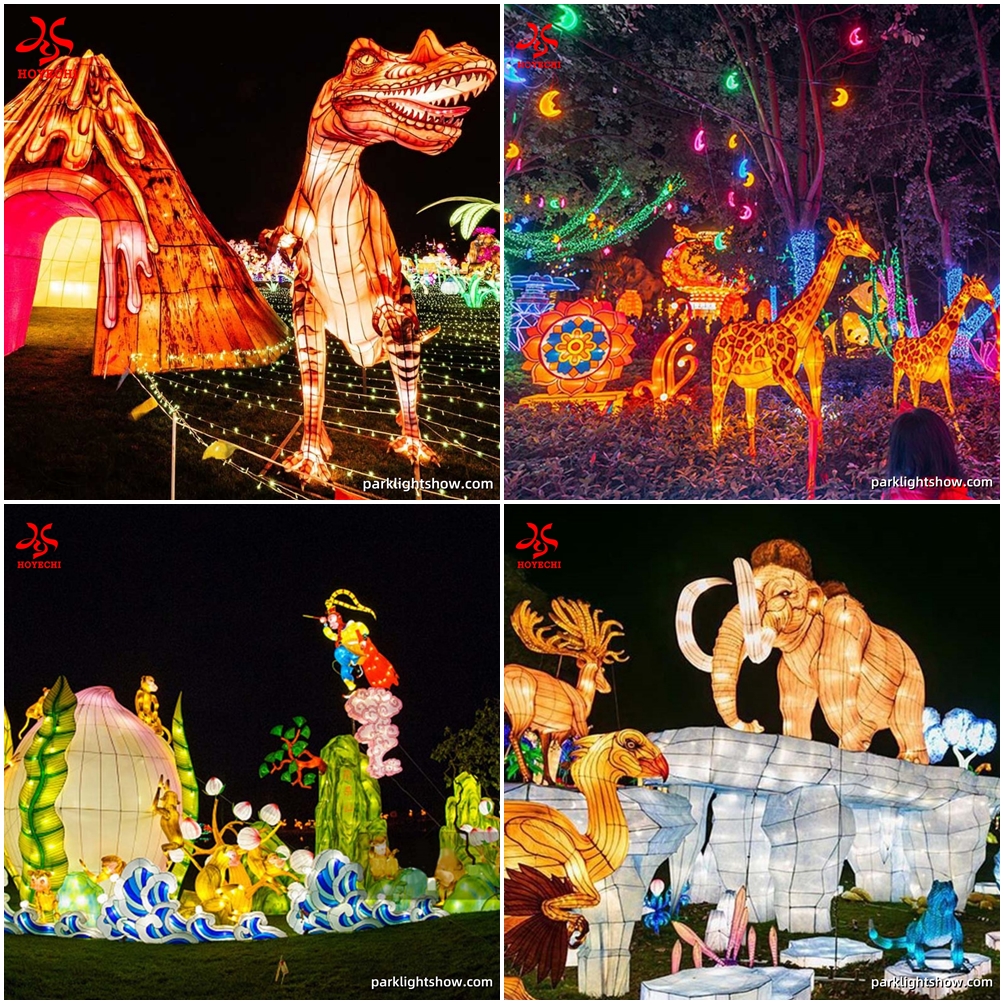What Does the Festival of Lights Celebrate? Exploring Cultural Meaning and the Charm of Large Lantern Displays
The Festival of Lights is more than just a dazzling spectacle—it’s a deep-rooted cultural symbol celebrated across different cultures around the world. So, what exactly does the Festival of Lights celebrate? This article dives into its many meanings and the growing role of large lantern displays in modern celebrations.
1. Origins and Symbolism of the Festival of Lights
The Festival of Lights typically centers around the symbolic use of “light” to convey hope, joy, and the triumph of good. In China, the most iconic light-based celebration is the Lantern Festival, which marks the end of Lunar New Year. On this day, people hang lanterns, solve riddles, and enjoy time with family, representing reunion and prosperity.
In India, Diwali is the most important Hindu festival celebrating the victory of light over darkness and good over evil. Homes and streets are decorated with oil lamps and fireworks to welcome prosperity and new beginnings. In Jewish tradition, Hanukkah commemorates a miraculous event where oil that should have lasted one day burned for eight. Lighting candles each night represents perseverance and faith.
No matter the culture, light universally represents hope, spiritual strength, and positive energy.
2. The Festive Power of Large Lantern Displays
As festivals have evolved, traditional lanterns have given way to stunning large lantern displays that have become central to modern celebrations. In China’s Lantern Festivals, Taiwan’s Light Festivals, and even overseas Chinese communities’ Spring Festival events, these oversized lantern artworks attract visitors, photographers, and influencers alike.
From legendary dragons to zodiac themes and immersive storytelling, large lanterns now combine traditional craftsmanship with modern technology like LEDs and music. These displays enhance the visual experience while also promoting tourism and cultural pride. They’ve become a powerful tool in both cultural preservation and city branding.
3. A Global Celebration of Light
Today, light festivals are no longer limited to one region—they have become shared global experiences. Cities worldwide host light-based events inspired by traditional festivals, often featuring spectacular large lantern installations, interactive lighting, and multimedia shows.
Events such as Singapore’s Marina Bay Light Festival, San Francisco’s Chinese New Year Parade, and Lyon’s Fête des Lumières reflect how the theme of light has transcended borders. These celebrations blend Eastern tradition with modern creativity, showcasing how large lantern displays are now at the heart of cross-cultural exchange and public art.
Light as a Bridge Between Tradition and Modern Life
The Festival of Lights is more than a celebration—it is a connection between the past and the future, tradition and innovation. Whether you’re admiring a hand-painted lantern or a giant illuminated dragon, the light you see carries a message of unity, beauty, and human spirit.
So next time you walk beneath a sky filled with glowing lanterns, take a moment to reflect—not just on the art, but on the values it represents. In every beam of light, there is warmth, reunion, and cultural legacy waiting to be passed on.
Post time: Jul-20-2025





